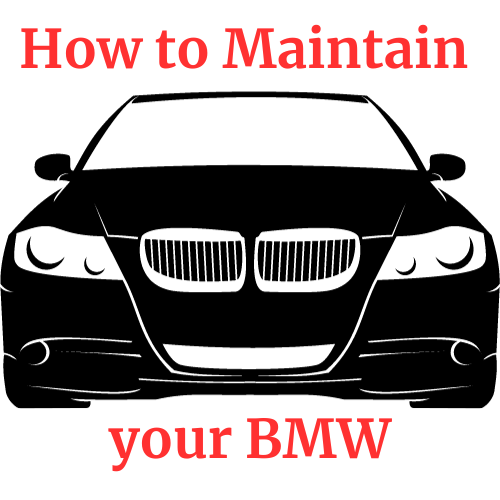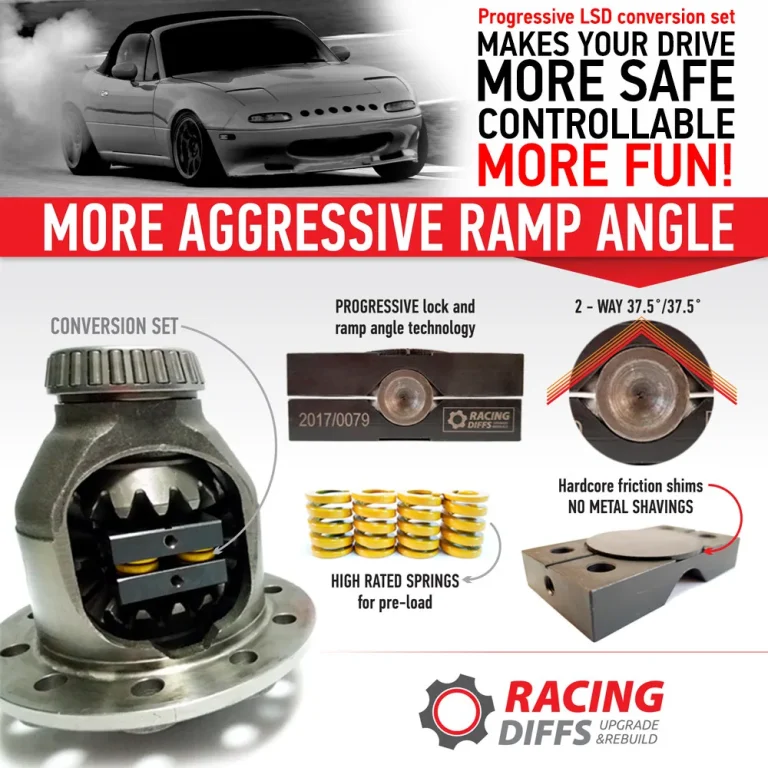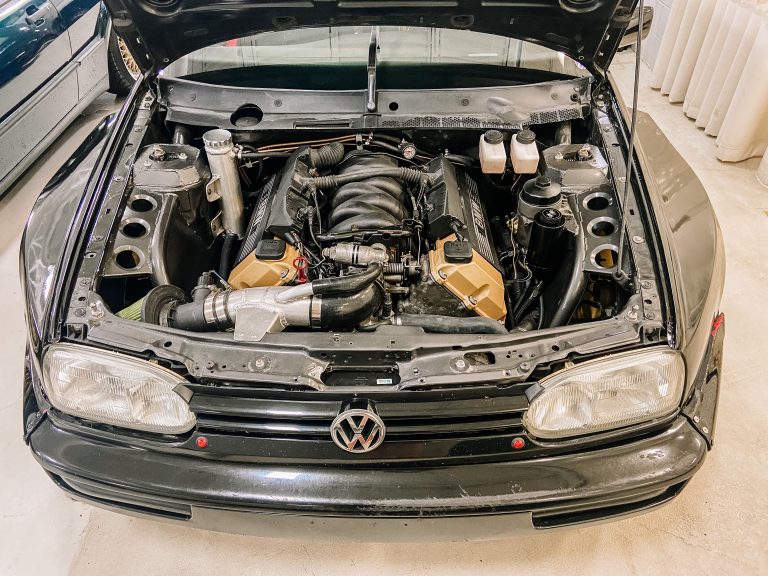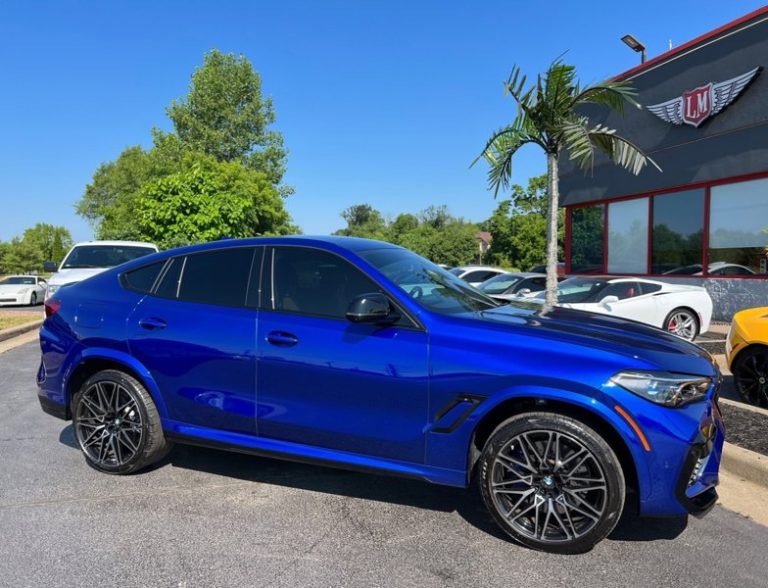The BMW E36 is a popular choice among car enthusiasts due to its timeless design and excellent handling. However, some owners may feel the need for more power and performance. If you are one of them, an engine swap could be the perfect solution. In this guide, we will explore the different engine swap options for the BMW E36, along with everything you need to know to successfully complete the swap.
1. Choosing the Right Engine
The first step in any engine swap is to choose the right engine for your BMW E36. There are several options available, depending on your budget and desired level of performance. Here are some popular engine choices:
- BMW M50/M52: The M50/M52 engines are a popular choice for E36 engine swaps. They offer a good balance between power and reliability.
- BMW S50/S52: The S50/S52 engines are higher-performance options, found in the M3 models. These engines provide increased horsepower and torque.
- BMW S54: The S54 engine is a more extreme option, offering even higher performance. However, it requires more modifications and is generally more expensive.
- Non-BMW Engines: If you are looking for something different, you can also consider engine options from other manufacturers, such as the Chevrolet LS series or the Ford Coyote.
It is important to consider factors such as compatibility, cost, and the level of modifications required when choosing the right engine for your E36.
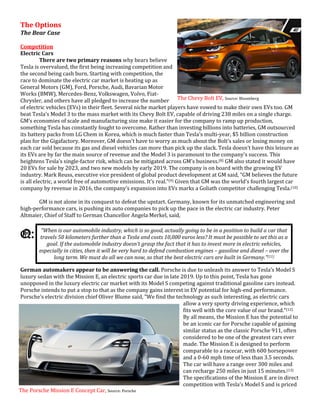
Credit: www.slideshare.net
2. Upgrading the Drivetrain
When performing an engine swap, it is crucial to upgrade the drivetrain to handle the increased power and torque. The stock E36 drivetrain may not be able to withstand the additional strain, leading to premature failures. Here are some key components to upgrade:
- Transmission: Consider upgrading to a newer, stronger transmission that can handle the increased power. Options like the ZF 6-speed manual or the Getrag 420G are popular choices.
- Clutch and Flywheel: Install a performance clutch and lightweight flywheel to improve shifting and reduce rotational mass.
- Differential: Upgrading the differential with a limited-slip or welded unit can improve traction and handling.
- Axles and Driveshaft: Stronger axles and driveshaft are essential to handle the increased torque without risking failure.
Investing in these drivetrain upgrades will ensure that your BMW E36 can handle the power of the new engine swap reliably and efficiently.
3. Modifying the Engine Bay
Engine swaps often require modifications to the engine bay to accommodate the new engine and associated components. These modifications can vary depending on the engine choice and your desired level of customization. Here are a few common modifications to consider:
- Motor Mounts: Fabricate or purchase motor mounts designed specifically for your chosen engine swap.
- Exhaust System: Modify or replace the exhaust system to fit the new engine and optimize flow for increased performance.
- Air Intake and Cooling: Ensure that the new engine has proper airflow and cooling by modifying or upgrading the intake and cooling systems as necessary.
- Wiring and Electronics: Adjust the wiring harness and electronics to match the requirements of the new engine.
These modifications can be complex and may require the assistance of a professional or experienced mechanic to ensure everything is done correctly.
4. Tuning and Optimization
Once the engine swap is complete, tuning and optimization are crucial to get the most out of your new setup. Here are some important steps to follow:
- ECU Tuning: Modify the engine control unit (ECU) to ensure proper fueling, timing, and other parameters for optimal performance.
- Exhaust and Intake Upgrades: Fine-tune the exhaust and intake systems to optimize airflow and maximize power.
- Suspension and Brakes: Upgrade the suspension and brakes to handle the increased performance and ensure safety on the road or track.
- Regular Maintenance: Perform regular maintenance on the new engine to keep it running smoothly and prevent any potential issues.
Be prepared for some trial and error during the tuning process, as it may take time to fine-tune the settings and achieve the desired performance.

Credit: issuu.com
Frequently Asked Questions For Bmw E36 Engine Swap Guide : The Ultimate Powerplay For Performance
What Is An Engine Swap And Why Would Someone Do It?
An engine swap is the process of replacing the original engine of a car with a different one. People may do it to increase performance, fuel efficiency, or to add more power to their vehicle.
What Are The Benefits Of Doing An Engine Swap?
An engine swap can offer several benefits, including improved horsepower and torque, better fuel efficiency, increased reliability, and access to a wider range of aftermarket parts.
Can I Swap Any Engine Into A Bmw E36?
While it’s possible to swap different engines into a BMW E36, it requires careful planning and consideration. Factors such as engine mounts, wiring harness compatibility, and transmission compatibility need to be taken into account.
Which Engines Are Popular Choices For Bmw E36 Engine Swaps?
Some popular engine swap choices for BMW E36 include the S52 engine from the E36 M3, the LS engine series, and the SR20DET engine from the Nissan Silvia. These engines offer increased power potential and aftermarket support.
Conclusion
Swapping the engine in your BMW E36 can be an exciting and rewarding project that can significantly improve the performance of your car. By choosing the right engine, upgrading the drivetrain, modifying the engine bay, and tuning the setup, you can create a powerful and reliable machine that will bring joy and satisfaction to every drive.
